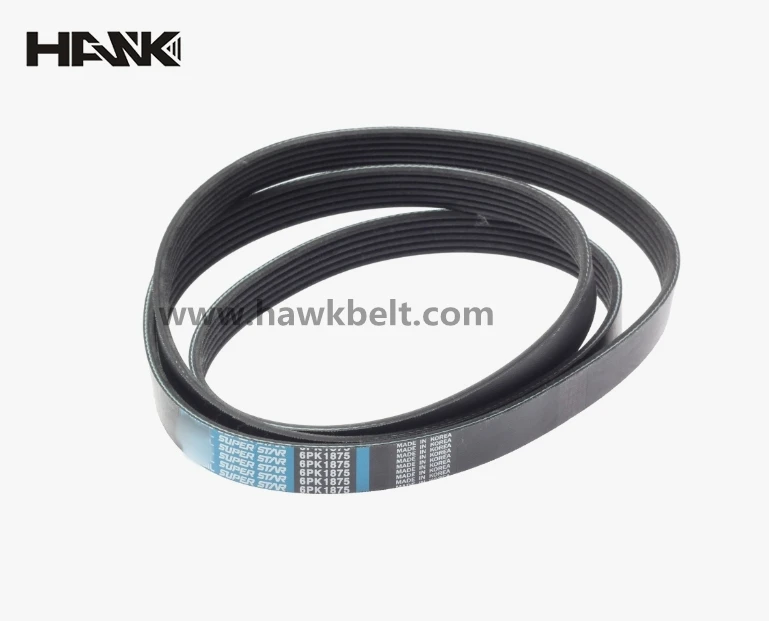- Arabic
- French
- Russian
- Spanish
- Portuguese
- Turkish
- Armenian
- English
- Albanian
- Amharic
- Azerbaijani
- Basque
- Belarusian
- Bengali
- Bosnian
- Bulgarian
- Catalan
- Cebuano
- Corsican
- Croatian
- Czech
- Danish
- Dutch
- Afrikaans
- Esperanto
- Estonian
- Finnish
- Frisian
- Galician
- Georgian
- German
- Greek
- Gujarati
- Haitian Creole
- hausa
- hawaiian
- Hebrew
- Hindi
- Miao
- Hungarian
- Icelandic
- igbo
- Indonesian
- irish
- Italian
- Japanese
- Javanese
- Kannada
- kazakh
- Khmer
- Rwandese
- Korean
- Kurdish
- Kyrgyz
- Lao
- Latin
- Latvian
- Lithuanian
- Luxembourgish
- Macedonian
- Malgashi
- Malay
- Malayalam
- Maltese
- Maori
- Marathi
- Mongolian
- Myanmar
- Nepali
- Norwegian
- Norwegian
- Occitan
- Pashto
- Persian
- Polish
- Punjabi
- Romanian
- Samoan
- Scottish Gaelic
- Serbian
- Sesotho
- Shona
- Sindhi
- Sinhala
- Slovak
- Slovenian
- Somali
- Sundanese
- Swahili
- Swedish
- Tagalog
- Tajik
- Tamil
- Tatar
- Telugu
- Thai
- Turkmen
- Ukrainian
- Urdu
- Uighur
- Uzbek
- Vietnamese
- Welsh
- Bantu
- Yiddish
- Yoruba
- Zulu
Oct . 12, 2024 20:35 Back to list
Understanding the Importance of Power Steering Belt Maintenance and Replacement
Understanding Power Steering Belts Importance, Functions, and Maintenance
Power steering is an essential component of modern vehicles, providing drivers with the ease of maneuvering their cars, especially at low speeds. One of the key elements in the power steering system is the power steering belt, which plays a crucial role in the overall functionality of this system. In this article, we will explore the importance of power steering belts, their functions, and how to maintain them for optimal performance.
What is a Power Steering Belt?
The power steering belt, often referred to as the serpentine belt or drive belt, is a rubber belt that connects the power steering pump to the engine’s crankshaft. It is responsible for transferring power from the engine to the power steering pump, enabling it to assist in the steering process. A well-functioning power steering belt is vital for the effectiveness of the power steering system.
Functions of the Power Steering Belt
The primary function of the power steering belt is to drive the power steering pump. When the engine runs, the crankshaft rotates, and the belt turns the pump, which pressurizes the hydraulic fluid. This pressurized fluid is then directed to the steering gear, providing the necessary assistance to turn the wheels with minimal effort. Without a functioning power steering belt, the power steering pump will not operate, making steering significantly harder and less responsive.
Additionally, the power steering belt can also drive other components in some vehicles, such as the alternator, air conditioning compressor, and water pump. In these cases, it serves a multi-functional role, showcasing its importance in the engine's broader operation.
Signs of a Failing Power Steering Belt
Like any mechanical component, power steering belts can wear out over time. Recognizing the signs of a failing power steering belt is crucial for vehicle maintenance. Some common indicators include
1. Squealing Noises A high-pitched squealing sound, especially upon starting the engine or turning the steering wheel, may indicate that the belt is worn or loose.
2. Difficulty Steering If the steering feels stiff or unresponsive, it could be due to a malfunctioning power steering pump that is not receiving power due to a broken or worn belt.
power steering belt

3. Fluid Leaks A power steering fluid leak under the vehicle could signal a problem with the system, including a malfunction due to a faulty belt.
4. Belt Wear or Cracks Regular visual inspections may reveal cracks, fraying, or visible wear on the belt. If the belt appears damaged, it should be replaced immediately to avoid further issues.
Maintenance of Power Steering Belts
Proper maintenance of the power steering belt can extend its lifespan and ensure the smooth operation of the power steering system. Here are some tips for maintaining the power steering belt
1. Regular Inspections Periodically check the belt for signs of wear or damage. Look for cracks, fraying, or missing pieces, and replace the belt as necessary.
2. Tension Checks Ensure that the belt is properly tensioned. A loose belt can result in slippage, while a too-tight belt can lead to premature wear. Consult your vehicle’s manual for the correct tension specifications.
3. Fluid Levels Regularly check the power steering fluid level and ensure there are no leaks. Maintaining the correct fluid level helps the power steering system function efficiently.
4. Professional Servicing Schedule regular vehicle maintenance with a qualified mechanic who can inspect and replace the power steering belt as needed, along with other critical components of the steering system.
Conclusion
The power steering belt plays a vital role in the operation of the power steering system, influencing the overall driving experience. By understanding its functions, recognizing signs of wear, and adhering to a maintenance routine, vehicle owners can ensure that their power steering systems operate smoothly and effectively, providing the effortless steering required for modern driving. Maintenance is key to longevity, Avoiding unnecessary repairs and enhancing vehicle safety in the long run.
-
Korean Auto Parts Timing Belt 24312-37500 For Hyundai/Kia
NewsMar.07,2025
-
7PK2300 90916-T2024 RIBBED BELT POLY V BELT PK BELT
NewsMar.07,2025
-
Chinese Auto Belt Factory 310-2M-22 For BMW/Mercedes-Benz
NewsMar.07,2025
-
Chinese Auto Belt Factory 310-2M-22 For BMW/Mercedes-Benz
NewsMar.07,2025
-
90916-02660 PK Belt 6PK1680 For Toyota
NewsMar.07,2025
-
drive belt serpentine belt
NewsMar.07,2025

